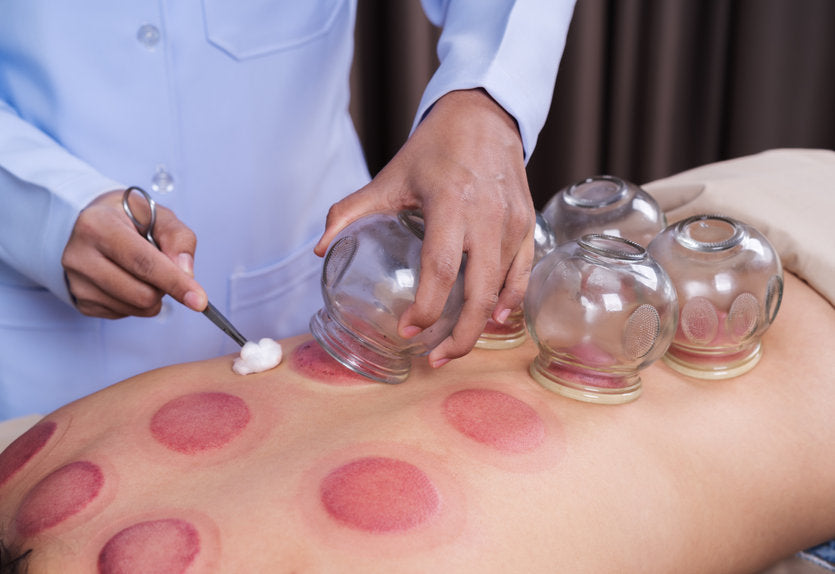Cupping Therapy: What Causes Blisters?
Cupping therapy is getting more and more trendy these days after Olympic athletes Michael Phelps was observed with cupping marks on his shoulders. While cupping therapy is an effective treatment to pains, many people have misunderstanding on the marks and blisters after cupping treatment.
What are blisters?
Let's talk about what are blisters first. Blisters are a harmless, yet relatively uncommon side-effect of cupping. Though blisters might look painful and worrisome, they are easy to treat, and typically will disappear and heal quickly. In traditional Chinese medicine and hijama, blisters occur when toxins and dampness are drained from the body; they are a sign that the treatment is effective, rather than an undesirable side-effect. It is especially common when treating afflictions such as chest congestion. In addition, blisters were also found to be a more common side-effect for older patients, and for patients with higher temperatures.

What do blisters mean?
While blisters are more common on patients with too much dampness in their body, in of themselves they mainly indicate that the practitioner was not careful enough during treatment. Blisters are normal in the sense that they should not cause great alarm, but abnormal in the sense that a responsible practitioner should not cause patients to develop them, neither should patients expect to leave their cupping treatment covered in blisters.
How can I avoid blisters?
- Patients that wish to avoid blisters can request that the cups be left on the skin for less than five minutes, which reduces the risk of these blisters from occurring. While this is a good way to avoid them, it may reduce the effectiveness of treatments.
- Find a professional therapists. Professional practitioners can avoid blisters by making sure that the cups don’t stay on the body too long, and that they’re not too hot. They should also avoid placing cups on particularly sensitive skin, and never place them on damaged skin.
- Try silicone or plastic cups at home, which is more appropriate for sensitive skin. Silicone cups are user-friendly to amateurs since you can always monitor the skin during treatment and will not cause blisters as traditional fire cupping with glass cups.
What should I do if I get blisters?
Blisters can be popped with acupuncture needles, which are ideal for this purpose: their tiny size reduces the chance of creating an unnecessarily large opening, and they are already safely sterilized. After, drain, disinfect and cover the blisters, making sure that you change the bandage often. Taking these measures will prevent infection. However, if you feel your blisters are getting worse, please contact your doctor immediately.
In short, studies concerning cupping blisters have likewise concluded that they are in of themselves not particularly harmful, as long as they are treated like normal wounds: once popped and drained, the blisters should be sterilized and covered with bandages.
If you are looking for some high-quality and professional cupping sets, do not hesitate to visit Lierre.ca! Lierre.ca, the No. 1 cupping supplier in Canada, offers a wide selection of silicone cupping set of high grade at reasonable price. In our online store, you could find the popular facial cupping set, transparent clear cupping set, body silicone cupping set and we even have cupping set for kids. Silicone cups from Lierre.ca are made of medical grade silicone, a material that’s odorless, pliable, flexible, watertight and durable. These qualities ensure that these silicone cups are elastic and soft, making them easy to squeeze and allowing practitioners to control the degree of suction; however, they are also thick enough to provide superior adherence.
References
Yun, Hye-Yeon & Kwon, Sun-Oh & Kim, Seung-Tae & Park, Hi-Joon & Hahm, Dae-Hyun & Lee, Hye-Jung. (2011). The Study of Blister Caused by Cupping Therapy. Korean Journal of Acupuncture. 28. .


